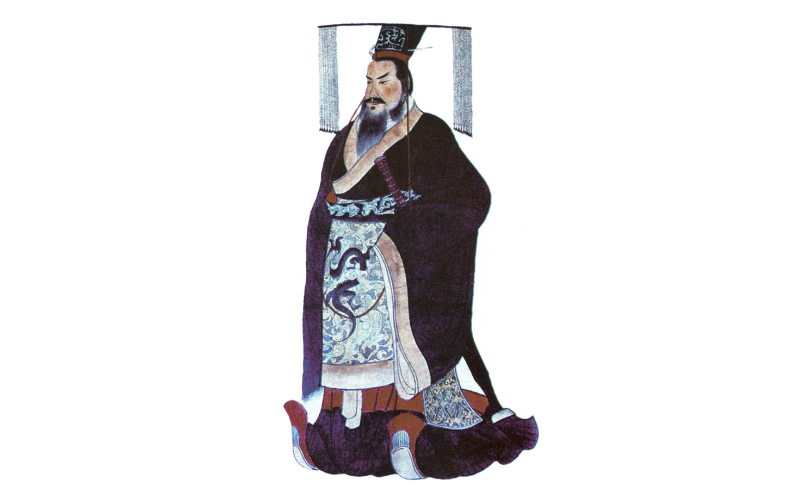In recent years, the field of longevity science has garnered significant attention, capturing the imagination of scientists and the public alike. This burgeoning discipline seeks to unravel the molecular mechanisms that underpin ageing and age-related diseases, with the ambitious goal of extending not just lifespan but healthspan – the period of life spent in good health.
The quest to understand and influence the biological processes of ageing is not a new one; it has fascinated humanity for centuries. From ancient civilisations searching for the elixir of life to modern scientific advancements, the desire to prolong youth and vitality has been a constant. Today, we stand on the brink of a new era, where tangible anti-ageing interventions are within reach.









